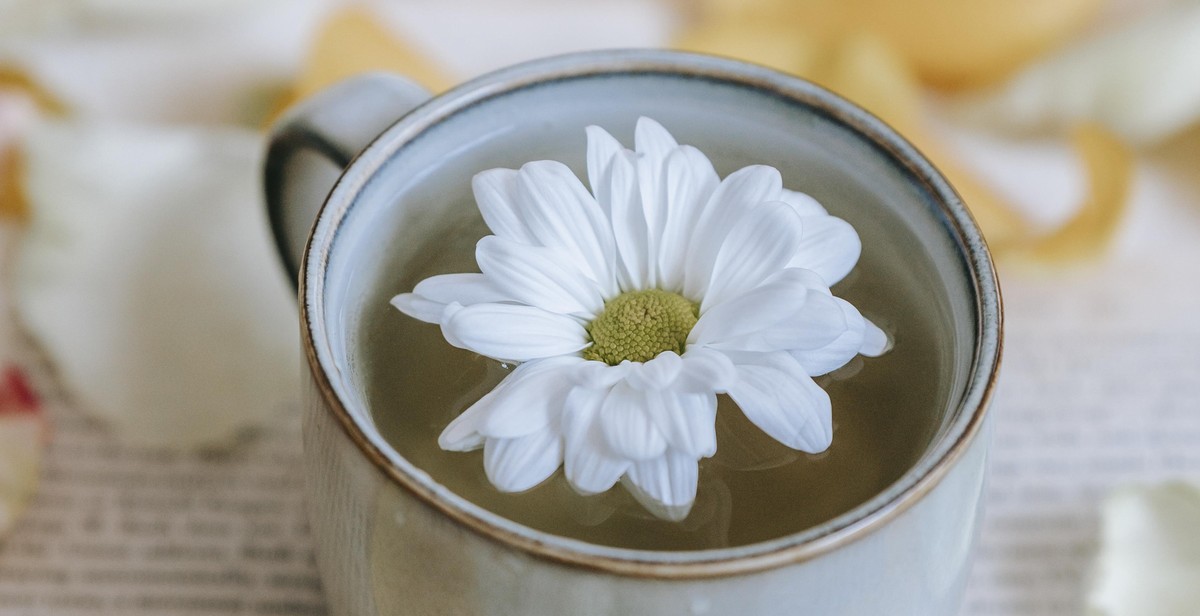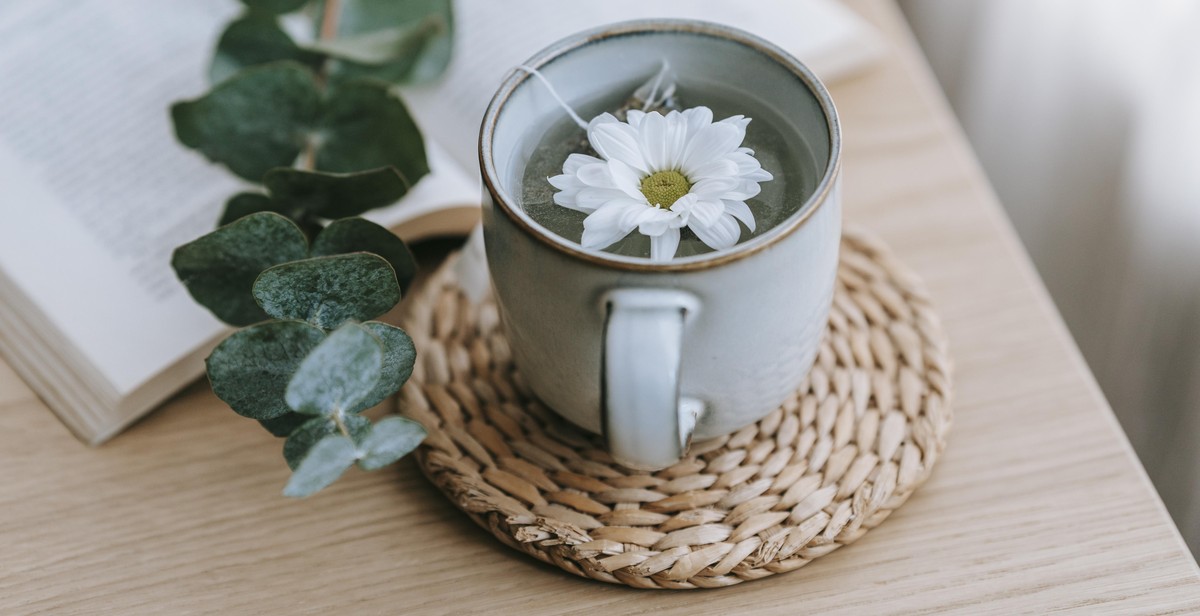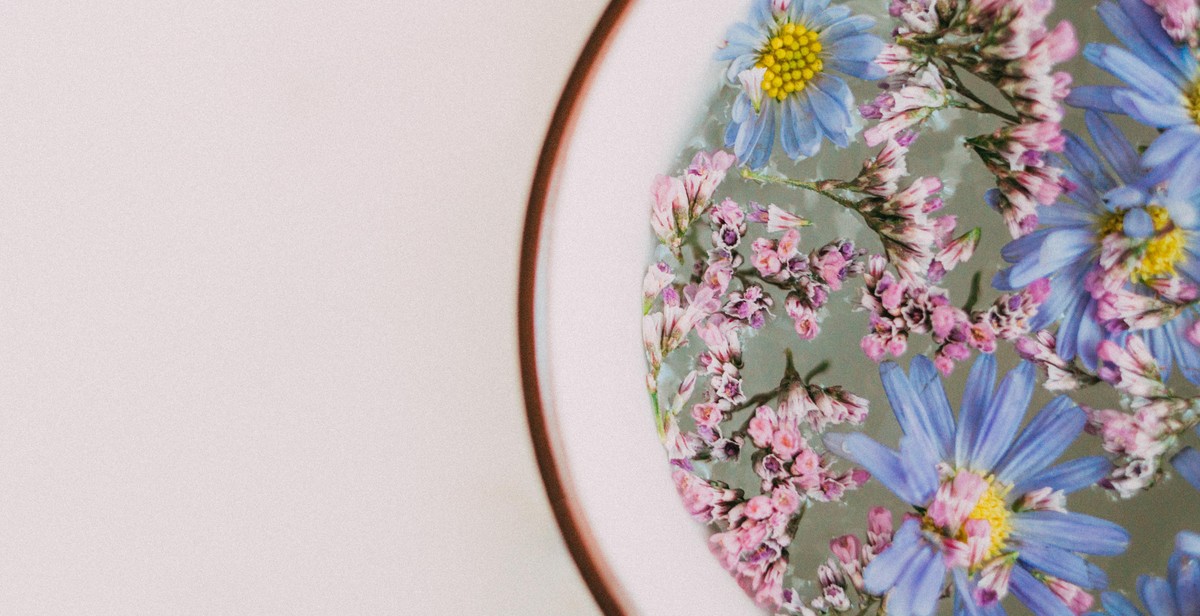Introduction: Understanding White Tea
White tea is a type of tea that is made from the Camellia sinensis plant, just like black, green, and oolong teas. However, what sets white tea apart from other types of tea is the fact that it is made from the youngest and most delicate leaves and buds of the plant.
White tea is known for its subtle and delicate flavor, as well as its many health benefits. It is rich in antioxidants, which can help to protect the body against damage from free radicals and reduce the risk of chronic diseases like cancer and heart disease.
What Makes White Tea Different?
While all types of tea are made from the same plant, the process used to make white tea is different from the process used to make other types of tea. The leaves and buds used to make white tea are harvested before they are fully matured, and they are then carefully dried in the sun or in a warm, indoor environment.
Unlike other types of tea, white tea is not oxidized or fermented, which helps to preserve its delicate flavor and unique aroma. Additionally, because white tea is made from the youngest and most delicate parts of the tea plant, it contains a higher concentration of antioxidants than other types of tea.
How to Appreciate and Identify Different Types of White Tea
Whether you are a tea connoisseur or just starting to explore the world of tea, learning how to appreciate and identify different types of white tea can be a fun and rewarding experience. In the following sections, we will explore the different types of white tea and provide tips on how to identify and appreciate each one.

Different Types of White Tea
White tea is a type of tea that is minimally processed and is made from the young leaves and buds of the Camellia sinensis plant. The leaves and buds are harvested before they are fully open and are then withered and dried. There are several different types of white tea, each with its own unique flavor profile and characteristics.
Silver Needle
Silver Needle, also known as Bai Hao Yinzhen, is a highly prized and rare type of white tea. It is made from only the youngest and most tender buds of the tea plant and is harvested only a few days each year. Silver Needle has a delicate and sweet flavor with a light floral aroma. It is considered the highest quality of white tea and is often very expensive.
White Peony
White Peony, also known as Bai Mu Dan, is a type of white tea that is made from both the buds and the leaves of the tea plant. It has a slightly stronger flavor than Silver Needle and a slightly darker color. White Peony has a sweet and fruity flavor with a slightly floral aroma. It is a more affordable option than Silver Needle and is more widely available.
Longevity Eyebrow
Longevity Eyebrow, also known as Shou Mei, is a type of white tea that is made from the larger, more mature leaves of the tea plant. It has a stronger and earthier flavor than Silver Needle and White Peony and has a darker color. Longevity Eyebrow has a nutty and slightly sweet flavor with a slightly woody aroma.
Shou Mei
Shou Mei, also known as Gong Mei, is a type of white tea that is made from the larger, more mature leaves of the tea plant. It is the lowest grade of white tea and has a stronger and earthier flavor than the other types of white tea. Shou Mei has a nutty and slightly sweet flavor with a slightly woody aroma.
| Types of White Tea | Harvested Part of the Plant | Flavor | Aroma |
|---|---|---|---|
| Silver Needle | Youngest and most tender buds | Delicate and sweet | Light floral |
| White Peony | Buds and leaves | Sweet and fruity | Slightly floral |
| Longevity Eyebrow | Larger, more mature leaves | Nutty and slightly sweet | Slightly woody |
| Shou Mei | Larger, more mature leaves | Nutty and slightly sweet | Slightly woody |

Appreciating White Tea
White tea is a delicate and subtle tea that requires a keen sense of taste and smell to fully appreciate its unique flavor notes. Here are some tips on how to appreciate and identify different types of white tea based on sight, smell, and taste.
Sight
When looking at white tea, you will notice that the leaves are light in color and have a fuzzy, silvery appearance. The leaves should be whole and unbroken, indicating that they were carefully picked and processed. Lower quality white teas may have broken leaves or stems mixed in with the leaves, which can affect the taste and quality of the tea.
Smell
White tea has a subtle, floral aroma that can be difficult to detect. To fully appreciate the aroma, it is important to use a clean, non-scented cup or teapot. Take a deep breath in and try to identify any floral or fruity notes. Higher quality white teas will have a more pronounced aroma, indicating that the leaves were picked and processed at the right time.
Taste
The taste of white tea is delicate and nuanced, with notes of honey, fruit, and floral undertones. The tea should not be bitter or astringent, and the flavor should be balanced and smooth. To fully appreciate the taste of white tea, it is important to use the correct water temperature and steeping time. Use water that is around 170°F and steep the tea for 2-3 minutes. Higher quality white teas can be steeped multiple times, each time revealing new flavor notes.
In summary, appreciating white tea requires a keen sense of sight, smell, and taste. By carefully observing the appearance of the leaves, detecting the subtle aroma, and savoring the delicate flavor notes, you can fully appreciate the unique characteristics of different types of white tea.

Identifying High-Quality White Tea
White tea is known for its delicate and subtle flavor profile, and identifying high-quality white tea requires a keen eye and a refined palate. Here are some key factors to consider when assessing the quality of white tea:
Appearance
High-quality white tea should have a light and delicate appearance, with leaves that are soft and fuzzy to the touch. Look for leaves that are uniform in color and size, with a pale green or silver hue. The leaves should be whole or in large pieces, indicating that they have been carefully hand-processed.
| Quality Indicators | Appearance |
|---|---|
| Grade | Whole leaves or large pieces |
| Color | Pale green or silver |
| Texture | Soft and fuzzy |
Aroma
The aroma of high-quality white tea should be fresh and floral, with a subtle sweetness. Avoid white teas with a musty or stale smell, as this indicates that the tea is of lower quality or has not been stored properly.
- Fresh and floral aroma
- Subtle sweetness
- Avoid musty or stale smells
Taste
The taste of high-quality white tea should be delicate and nuanced, with a light and refreshing flavor. Look for notes of honey, melon, and floral undertones. The tea should not be bitter or astringent, which can indicate poor quality or improper brewing.
- Delicate and nuanced flavor
- Light and refreshing
- Notes of honey, melon, and florals
- Avoid bitterness or astringency

Brewing White Tea
White tea is one of the most delicate teas and requires special attention when brewing to ensure the perfect cup. Here are some key factors to keep in mind when brewing white tea:
Water Temperature
The ideal water temperature for brewing white tea is between 170-185°F (76-85°C). Boiling water can scorch the delicate leaves, resulting in a bitter taste. It is recommended to bring the water to a boil and then let it cool for a few minutes before pouring it over the tea leaves.
Brewing Time
The brewing time for white tea can vary depending on the variety and your personal preference. Generally, white tea should be steeped for 1-3 minutes. Over-brewing can result in a bitter taste, so it is important to monitor the steeping time closely.
Tea to Water Ratio
The recommended tea to water ratio for white tea is 2-2.5 grams of tea per 8 ounces of water. This can be adjusted based on personal preference, but it is important to not overfill the infuser or tea pot to allow room for the leaves to expand.
| Water Temperature | Brewing Time | Tea to Water Ratio |
|---|---|---|
| 170-185°F (76-85°C) | 1-3 minutes | 2-2.5 grams of tea per 8 ounces of water |
By following these guidelines, you can brew the perfect cup of white tea and fully appreciate the delicate flavors and aromas of this unique tea variety.

Conclusion
White tea is a delicate and subtle tea that offers a unique taste and aroma to tea lovers. It is made from the youngest leaves and buds of the tea plant, which are carefully picked and processed to preserve their natural flavor and aroma. The different types of white tea offer varying tastes and aromas, making it a versatile tea that can be enjoyed in various ways.
Whether you are a tea connoisseur or a beginner, understanding the different types of white tea and how to appreciate them can enhance your tea drinking experience. From the sweet and fruity flavor of Bai Hao Yinzhen to the earthy and nutty taste of Shou Mei, there is a white tea for everyone.
Tips for Identifying and Appreciating White Tea
- Look for high-quality tea leaves that are plump, fuzzy, and covered in silver-white hairs.
- Pay attention to the aroma and taste of the tea, noting any subtle nuances and flavors.
- Experiment with different brewing methods and temperatures to find the best way to enjoy your white tea.
- Pair your white tea with food or snacks that complement its flavor and aroma.
Overall, white tea is a delightful beverage that offers a unique taste and aroma to tea lovers. By understanding the different types of white tea and how to appreciate them, you can enjoy a rich and satisfying tea drinking experience that is both relaxing and rejuvenating.
